The Importance of Strong Oral Language Skills
A language disorder makes it difficult for children to understand what people are saying and to express their own thoughts and feelings. As a result, it impacts how kids learn and socialize at home, school and in the community.
Children who struggle to understand language and express themselves orally, will also struggle to understand what they are reading and be able to write to express their knowledge, thoughts and ideas effectively.
Language Disorders may include receptive, expressive and/or pragmatic difficulties.
Students with receptive language needs may have:
- Difficulty attending to oral information
- Difficulty remembering and recalling what is said to them
- Difficulty following instructions and/or completing daily routines
- Difficulty understanding new vocabulary, concepts or academic material
- Difficulty abstracting main ideas and themes
- Difficulty answering questions asked of them
- Difficulty applying higher-level thinking skills (e.g. problem solving, analyzing, inferencing, putting information together)
- Difficulty seeking help when needed
- Difficulty understanding written information (e.g. if they do not understand what is being said to them, reading the same information will be especially difficult)
Students with expressive language needs may:
- Struggle to express their ideas using correct vocabulary/demonstrate word finding difficulties
- Use simpler sentences and/or poor grammar
- Not provide sufficient information to the listener
- Have difficulty using language to reason, explain, solve problems and hypothesize
- Have difficulty presenting relevant ideas and information
- Have difficulty providing comments or questions related to the topic of discussion
- Not always contribute to oral discussions
- Struggle to write (e.g. if they are unable to express their ideas through spoken language, writing their ideas may also be difficult)
Students with social-communication needs may:
- Have difficulty with topic initiation, maintenance and/or closure when speaking with someone
- Talk too much during conversations or talk too much about one topic
- Seldom talk or participate during conversations
- Demonstrate limited or inappropriate use of non-verbal cues to support their spoken message (i.e. eye contact, tone of voice, facial expressions)
- Have difficulty with turn-taking and reading a listener’s verbal/non-verbal cues
- Have difficulty interacting appropriately with his/her peers
- Engage in topics of discussion that are often inappropriate or immature compared to his/her peers
- Does not respond or react appropriately during certain social situations
- Struggle to make and maintain friendships
Understanding Types of Communication Disorders
Click the links below to learn more about speech and language disorders.
OAFCCD Understanding Speech and Language Video Series

